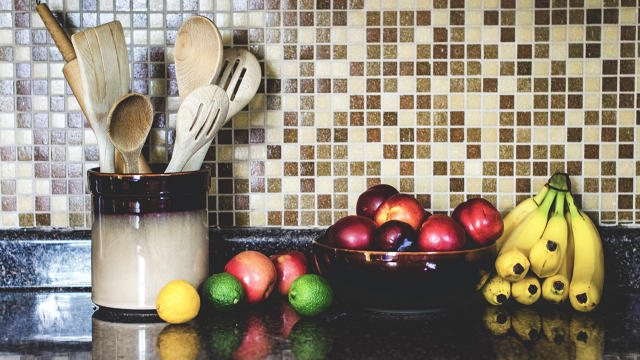You Can Determine Your Weight Based On What Food Is Visible In Your Kitchen
Lacking healthy eating will power? Give it a nudge by changing how you display your food.
If you want to lose weight, eating healthily and exercising regularly are obviously important. But so is the design of your kitchen: depending on where you place food items like cereals and fruit, your diet could that much more or less effective.
That’s the upshot of a new study looking at the relationship between “kitchenscapes”—where food is placed in homes—and people’s weight. It finds that when people put healthy stuff in sight, they’re more likely to be thin. And vice versa: people who place unhealthy foods in view are likely to be heftier.
Researchers photographed more than 200 kitchens in Syracuse, New York, to see what food people had on their countertops. They found that women who had breakfast cereal in plain sight were 20 pounds heavier than neighbors who didn’t, and that those with soda in view were 24 to 26 pounds heavier. Meanwhile, in households with fruit bowls on the counter, women weighed 13 pounds less.

“It’s your basic see-food diet—you eat what you see,” says lead author Brian Wansink, director of the Cornell Food and Brand lab.
Wansink argues “food environment” is important to eating healthily. In his book Slim By Design: Mindless Eating Solutions (see here), he lists dozens of ways layout affects the choices people make. For example, you’re likely to eat fruits and vegetables if they’re on the middle shelf of the fridge rather than in the cooler drawer at the bottom. And you’re less likely to eat cake and cookies if they’re at the back of the cupboard than at the front. Such behavioral insights have led to the widespread redesign of school lunchrooms.

“What is seen is more likely to be eaten,” says the new study, published in the journal Health Education and Behavior. “Hence, clearing kitchen counters of all foods except fresh fruit could be an easy change to make, could decrease daily consumption and increase awareness of eating habits.”
Fast Company , Read Full Story
(73)



